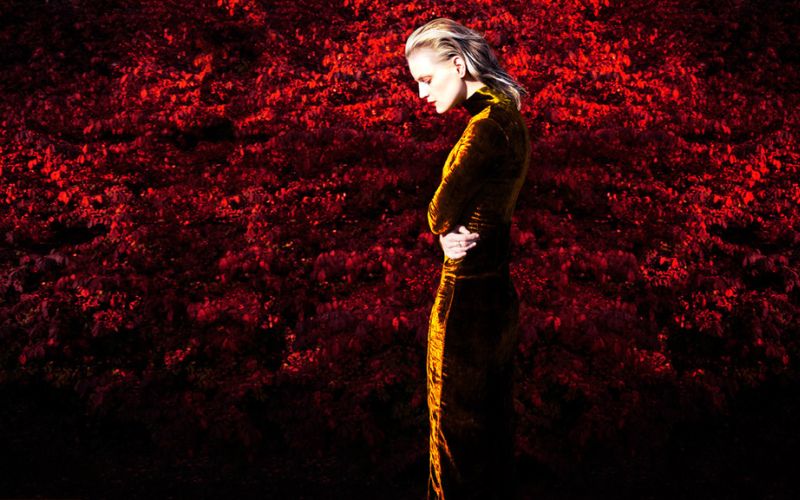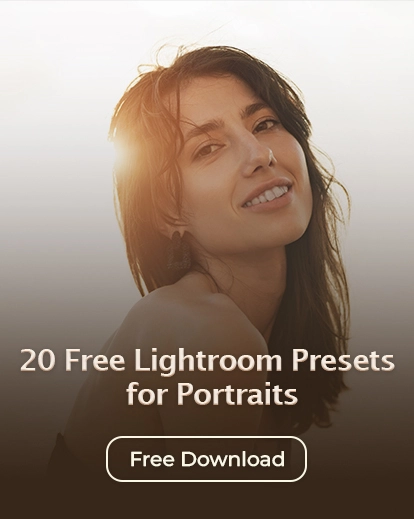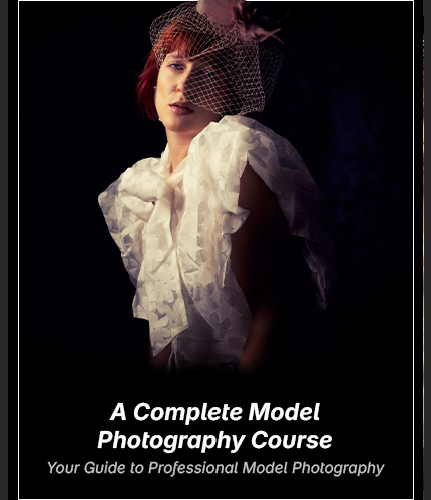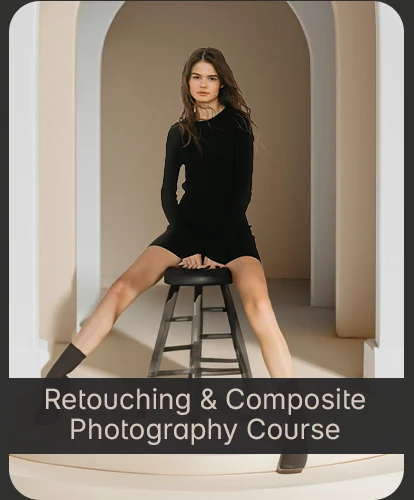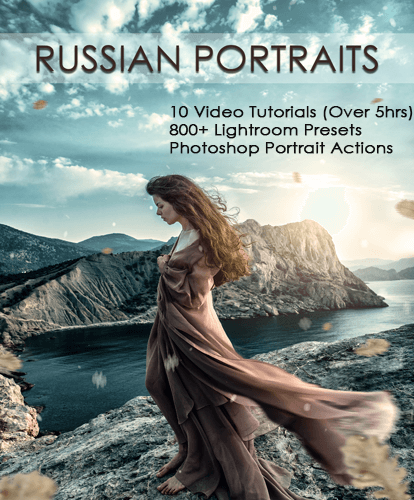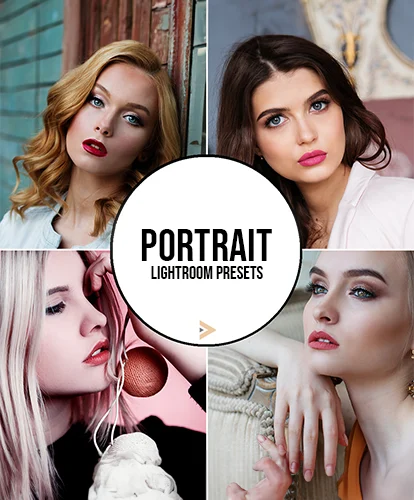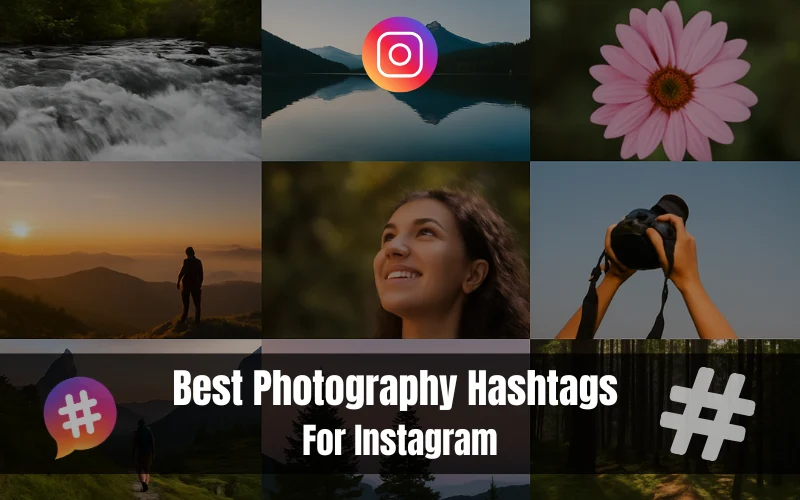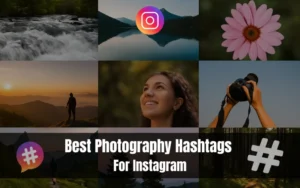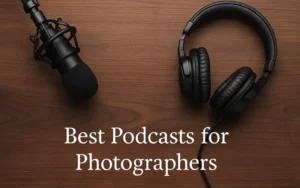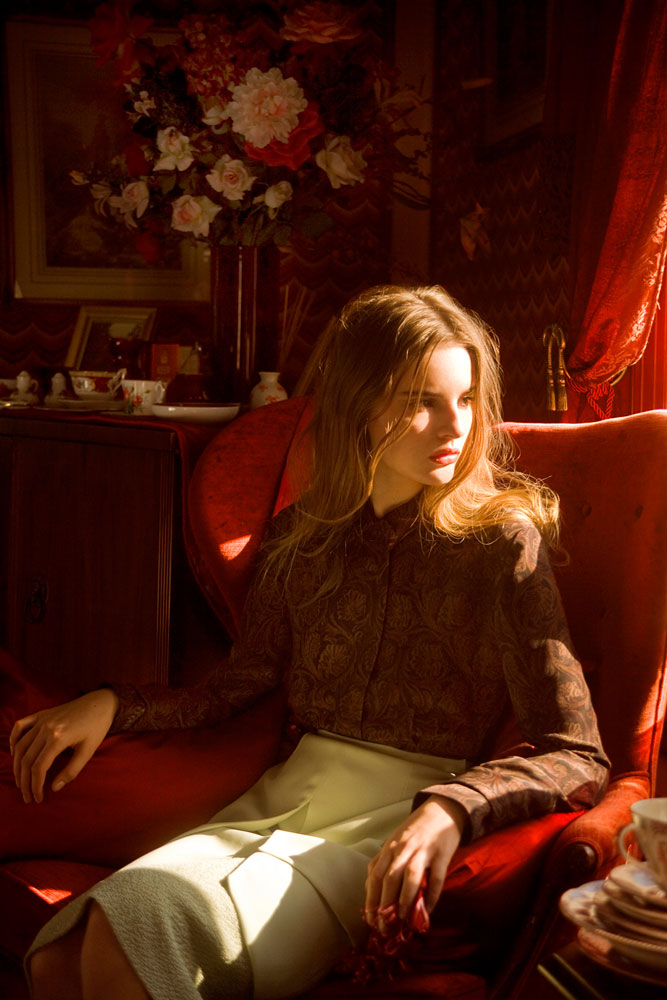
At the start, when I first discovered Erik Madigan Heck photography, I knew I’d found photography I had never experienced before. Like reading Dostoevsky for the first time, or first hearing Thelonious Monk, or seeing any of Bergman’s films, I knew at the very beginning that I had come upon a genius. So, while still babbling in wonder, I decided immediately that I wouldn’t allow my words to muddle up your first experience with it. I wanted you to feel what I felt.
In keeping with this, I’ll just state the facts as they are. New York fashion photographer Erik Madigan Heck has been awarded one of the highest honors in the photography world, the ICP Infinity Award, was the youngest photographer ever to shoot the Art of Fashion, which also has been bestowed on legends like Annie Leibovitz and Helmut Newton, and has self-published six photo books. He’s been called a maker of holistic universes and a true creative visionary. And I’d add that his work compares only to the rarest of moments — those of pure ecstasy.
In this short interview, Heck talks about how he got his start in photography, explains how photographers can use colors better, and shows why every photographer should seriously study the arts.
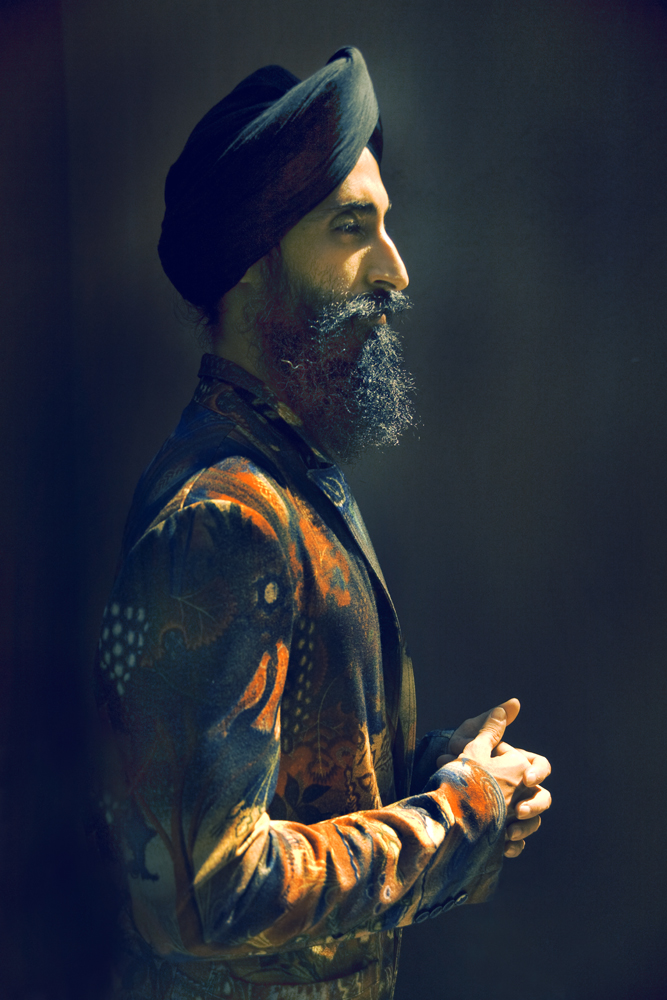
I think you’re a genius. It’s unbelievable how powerful your sense of color and design is. How did you get your start? How would you describe your work?
Thank you very much! My mother is a painter — as a kid I learned color from spending hours doing watercolor paintings with her, and from age four we were in the museums every week absorbing paintings. When I was a teenager, she gave me a camera and that began my love with photography — I haven’t stopped since then. My work is always changing, so it’s hard to describe — but I think of myself as a painter who uses photography.
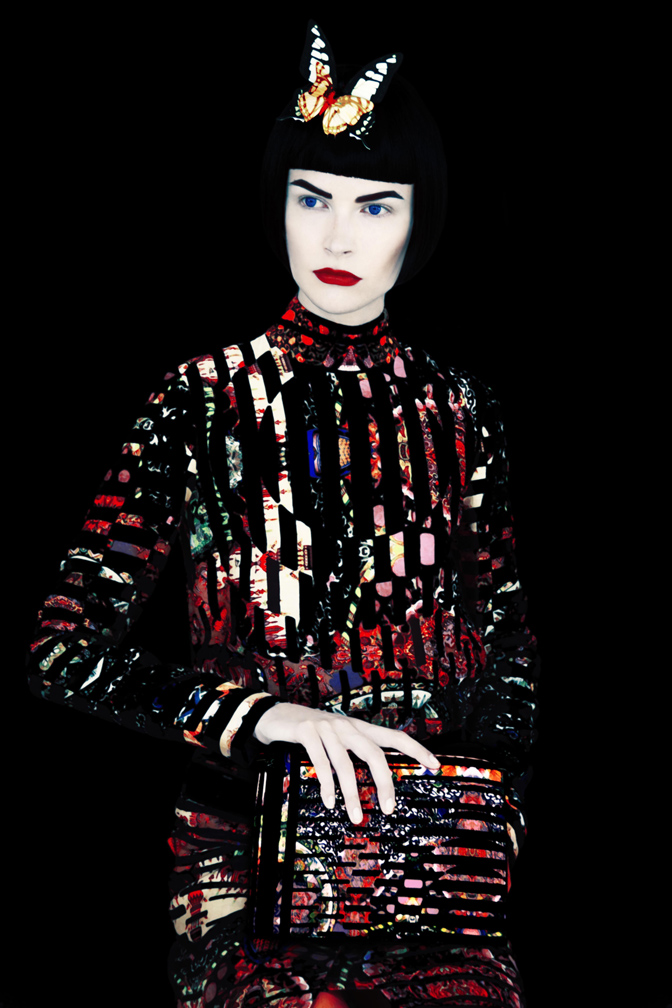
I know you don’t like giving details about how you finish your images, but could you give our readers a general approximation about how’s it done? You forgo digital effects correct?
No, I have many different processes, some analog and some digital. I have come to embrace digital post production, but I think I use it in a way that is more akin to painting, where I create new parts and add so many layers of color and different elements that it’s no longer even recognizable as photography. But that’s the beauty of digital post production — it has become our generations new way of painting.
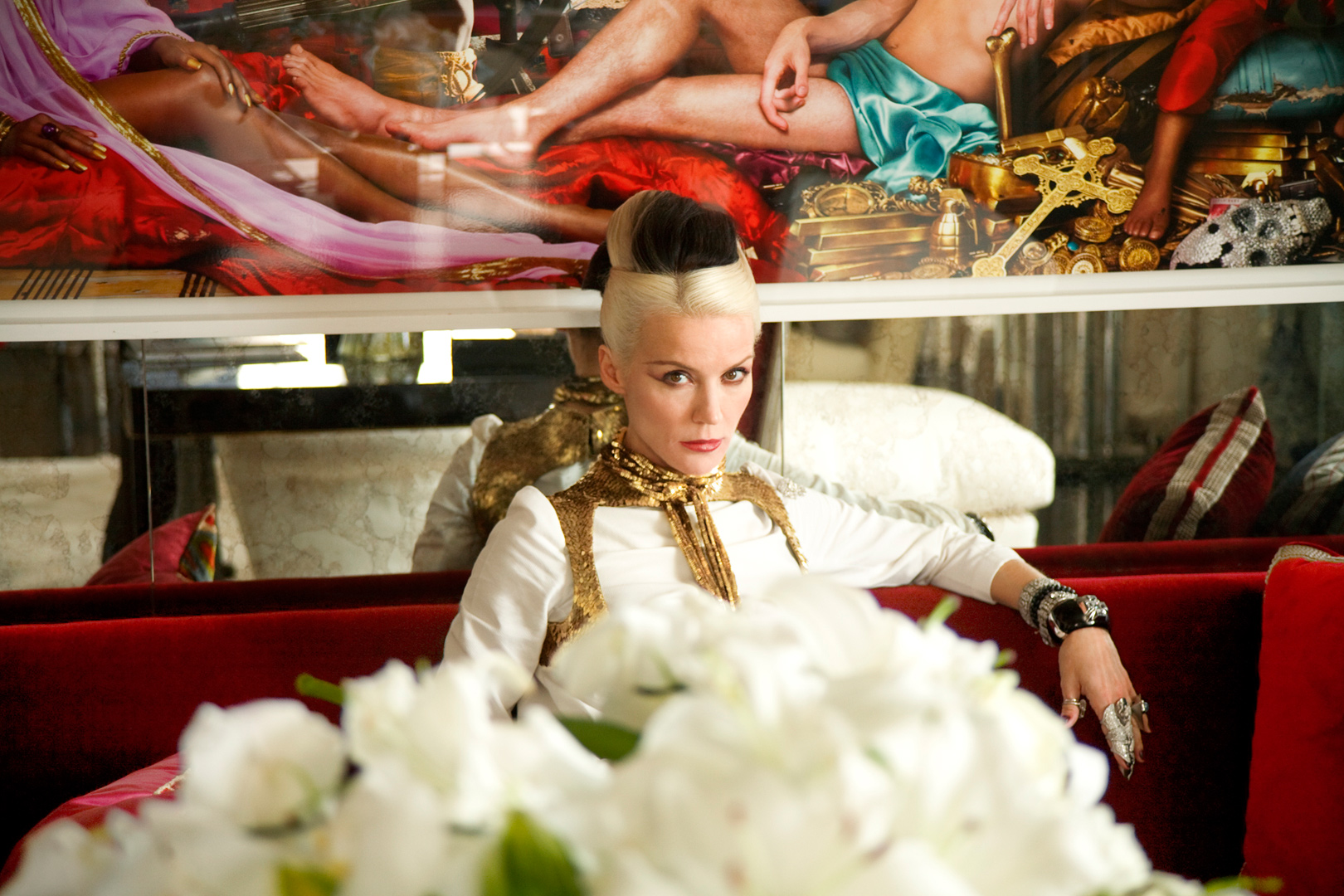
Could you explain why you prefer the film format? What advantages does film give you?
Film has a specific look that you can’t truly replicate with digital — you can come close but it’s not the same. I’m still attached to the physical nature of the negative. But like I said, I have begun embracing digital photography too.
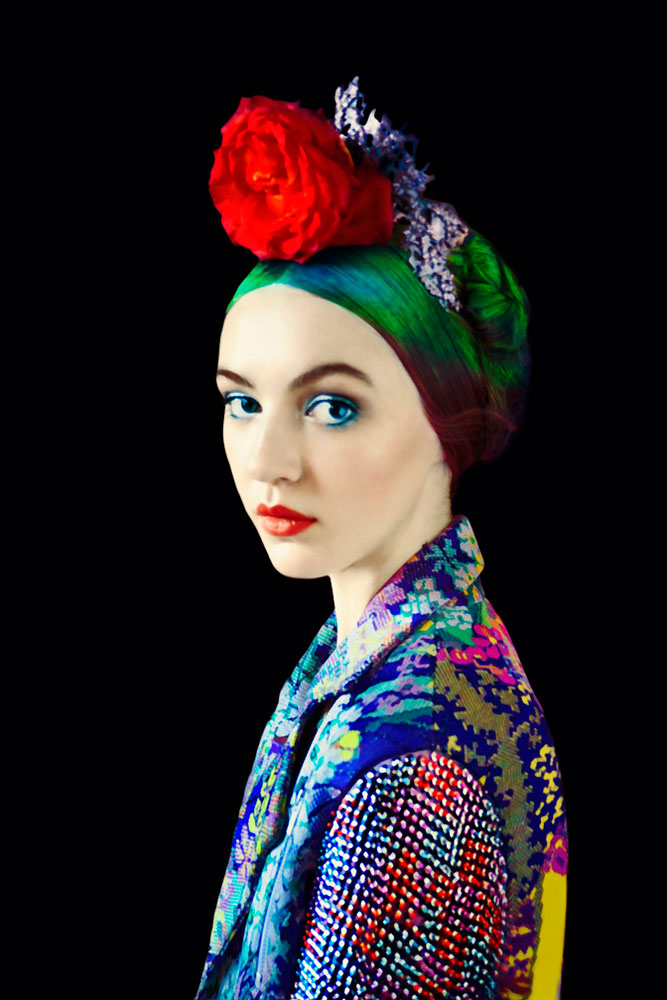
Central to your work is a genuine interest and appreciation for art. You reference many great works with your photography. For instance, Mary Katrantzou #3.2 brings to mind Frida Kahlo and Johannes Vermeer (above). Could you explain how art influences your work? Any compositional lessons you want to share?
I’m heavily referential to art that I’m drawn to, I always have been. That’s part of learning and the journey of being an artist — you first learn to copy until you find your own voice. I find bringing in heavy art historical references adds a dimension to the work that makes it timeless, because it’s not nostalgia that I’m after, it’s more of an homage or striking a dialogue with the history of painting, which has a tumultuous past with photography as a medium. It also humbles you when you are constantly comparing your own works to those of masters. It elevates the work I think on many levels.
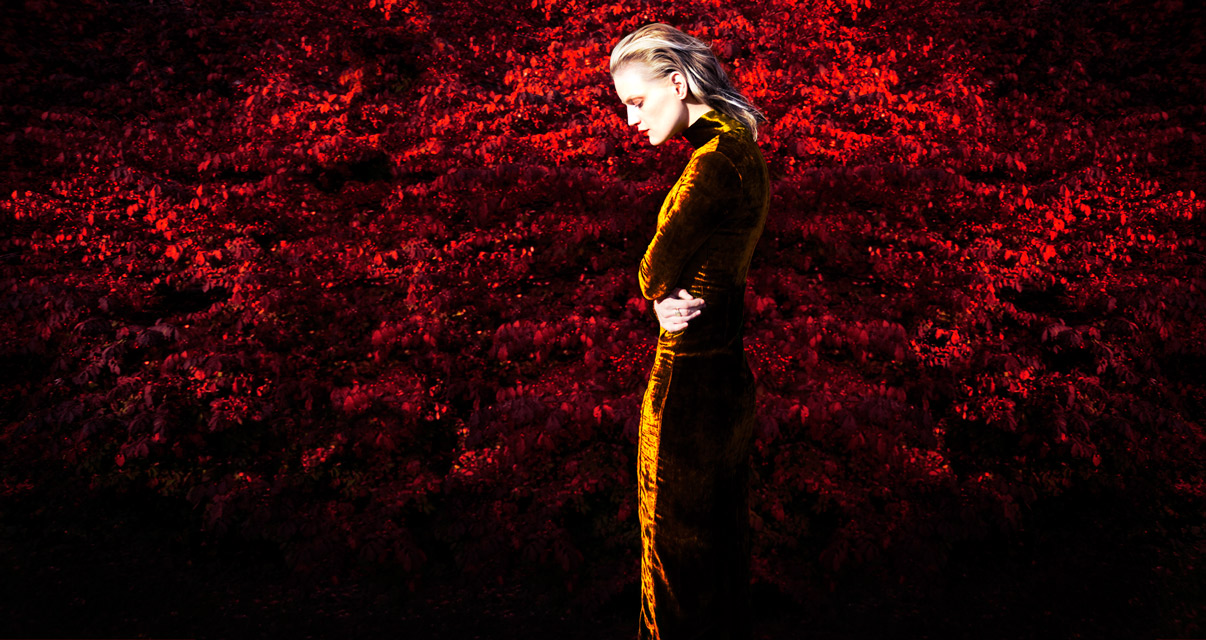
You communicate so well with color. You’re able to affect meaning in many subtle ways. A loud example is Out of Order #3 (above). What fundamental ideas about color should every photographer know? Any specific theories you think are being ignored or unrealized?
Color for me is really about color — what I mean to say is when I create color works they are primarily color studies. When I shoot in black and white it becomes all about composition and light. They’re two totally different things. I think photographers shouldn’t see them as arbitrary choices but should really make a conscious effort to use one or the other when the subject matter lends itself to it.

Do you ever write short stories to flesh out ideas? How about important is story to your pre-production process? Surrealist Ideal #11 seems like a perfect fit for any Alejandro Jodorowsky film.
No, I don’t write for my images, but I always start with one idea and then try and figure out the best way to illustrate the idea as opposed to trying to just go out and take a picture. Sometimes it takes months of thinking about the subject before I can approach it and oftentimes ideas that are discarded always come back later on to work in future projects.
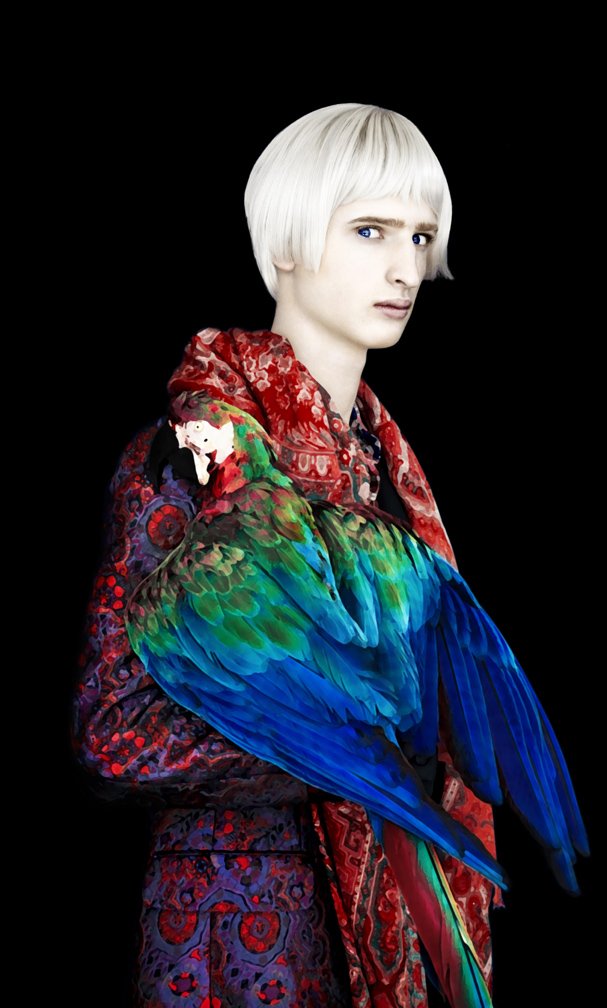
Etro Winter 2013 #9 is unsettlingly beautiful (above). His expression means so much to the image. What was your approach to direction for this one? Was it different than your general approach?
The picture of Dorian Gray was my inspiration for this project. I first found the boy and then molded the sets around him and the clothing. I had this image of the perfect boy in my head and found him at a casting.
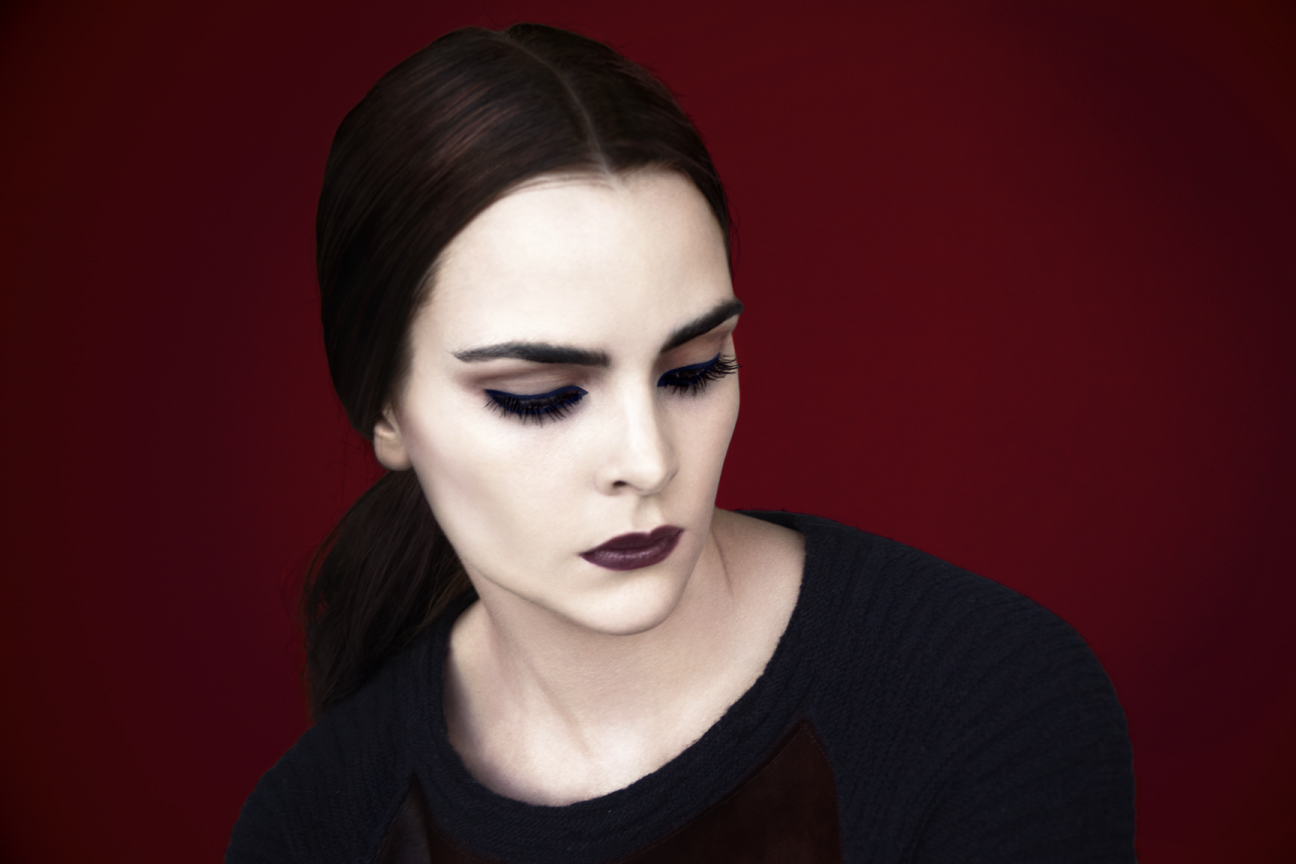
Any last thoughts on how photographers may learn from painters? Any influences you feel would help other photographers expand their visual curiosity?
Keep making mistakes — only through those will doors continue to open. Alienate everything you know all the time, you’ll be better off in the end.
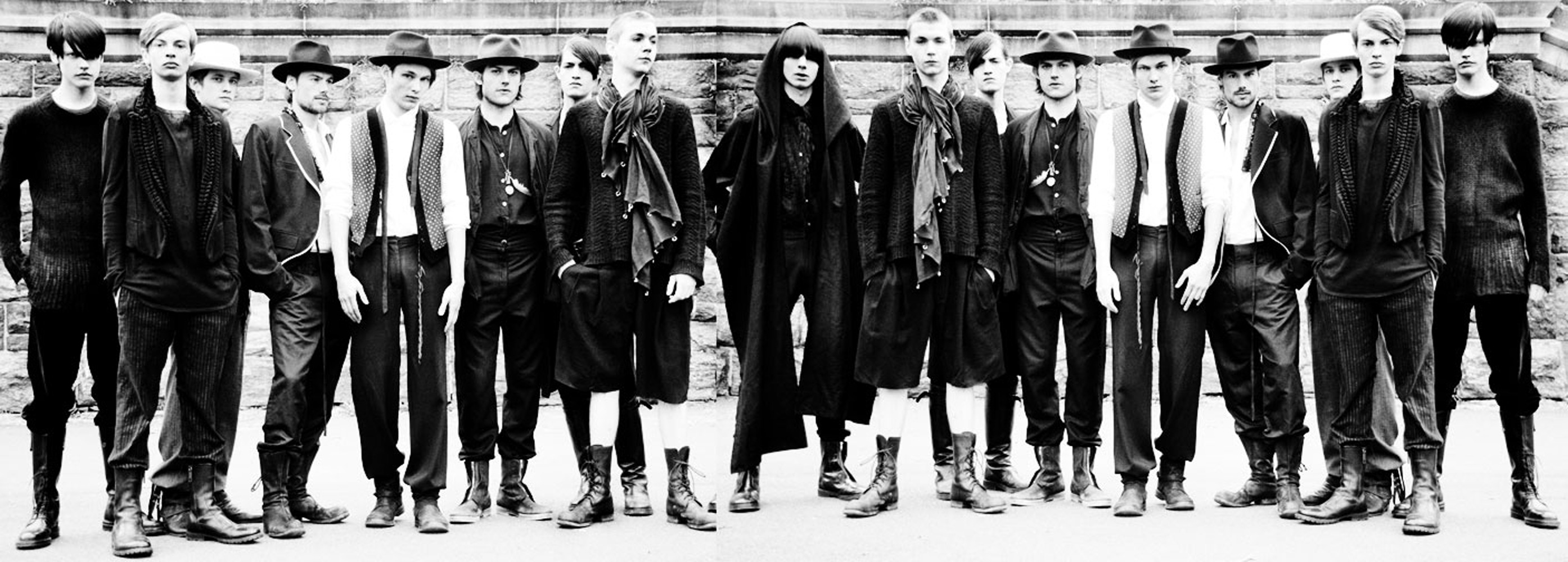
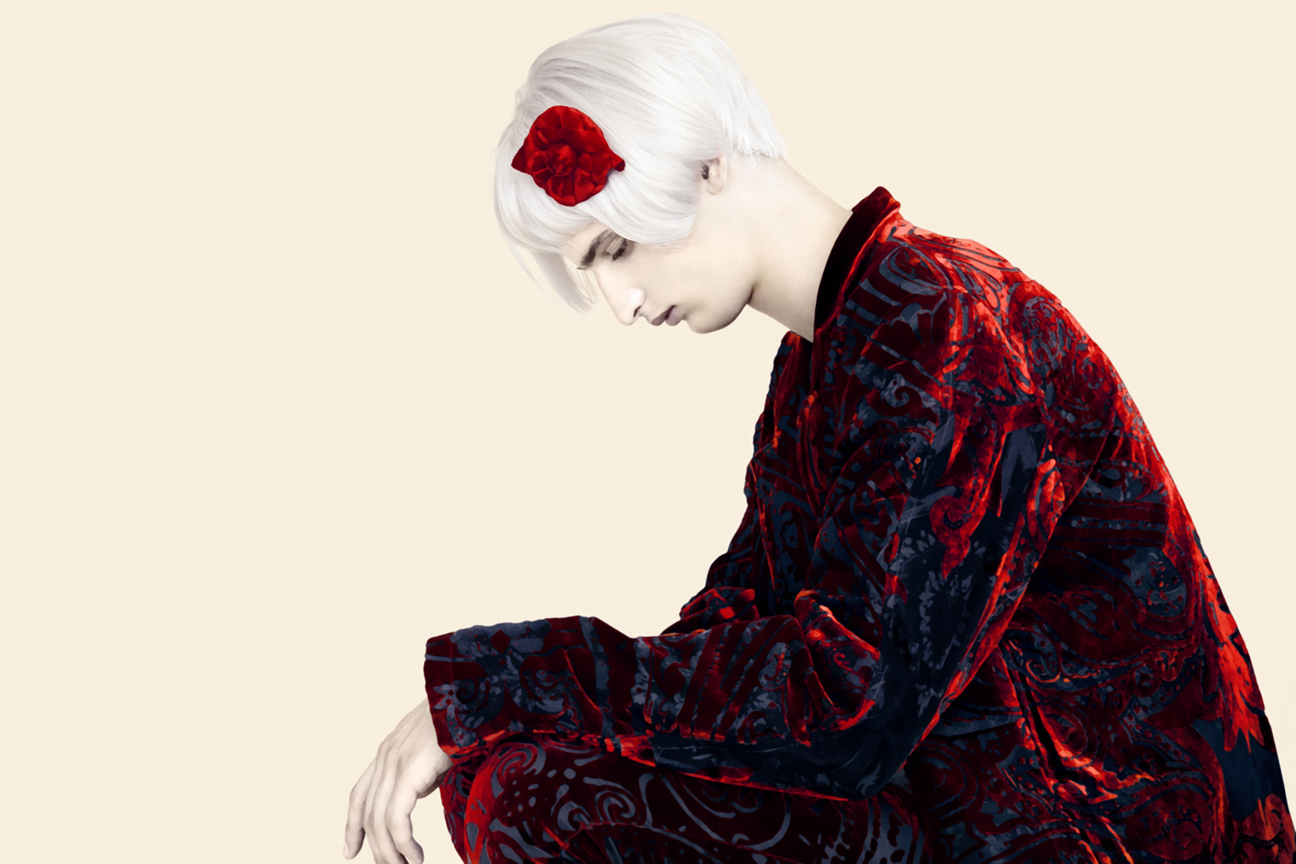
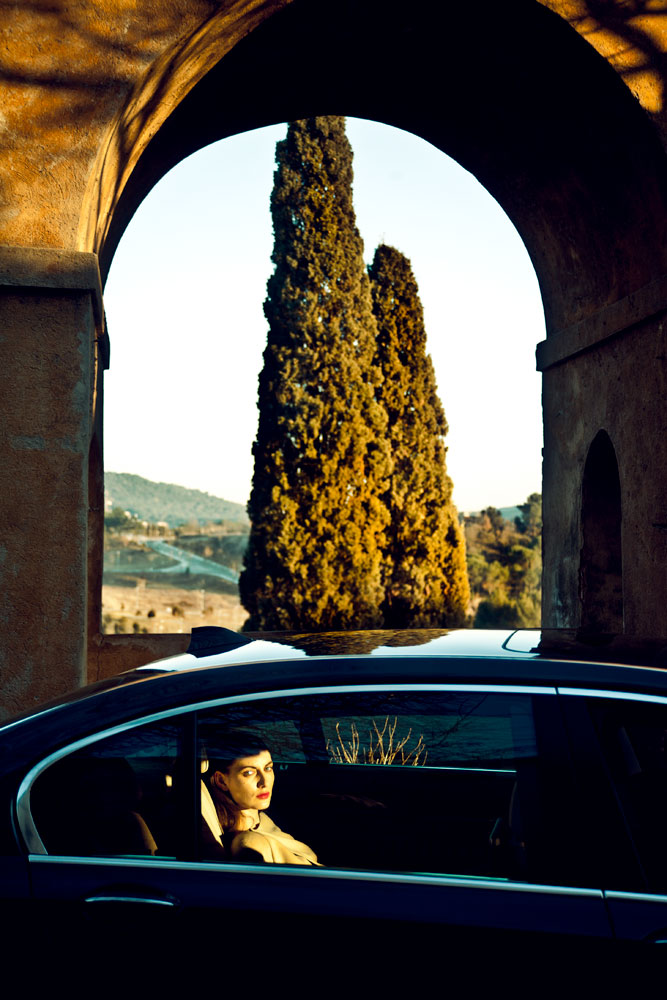

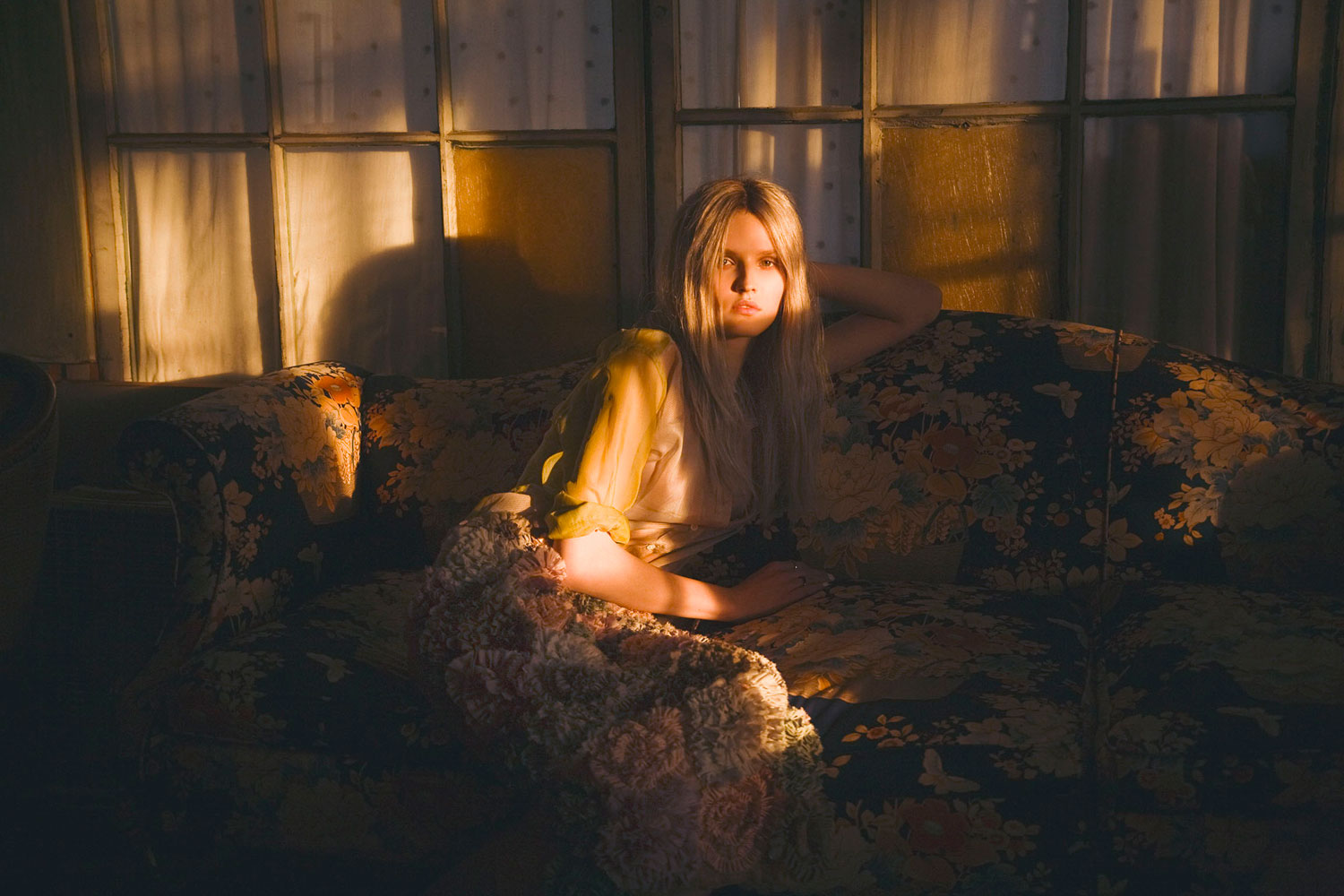
Be sure to check out all of Erik Madigan heck photography on his website!
